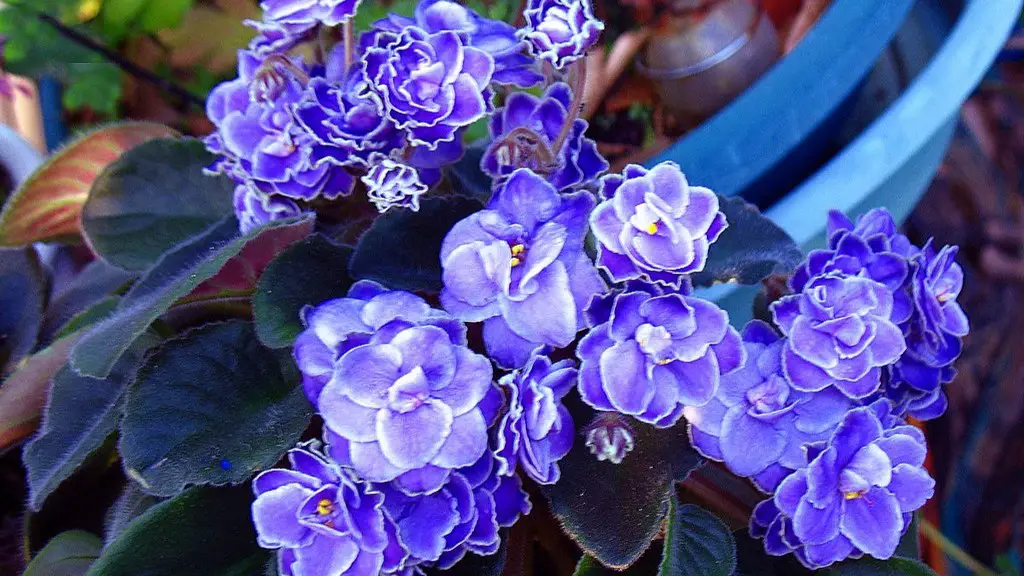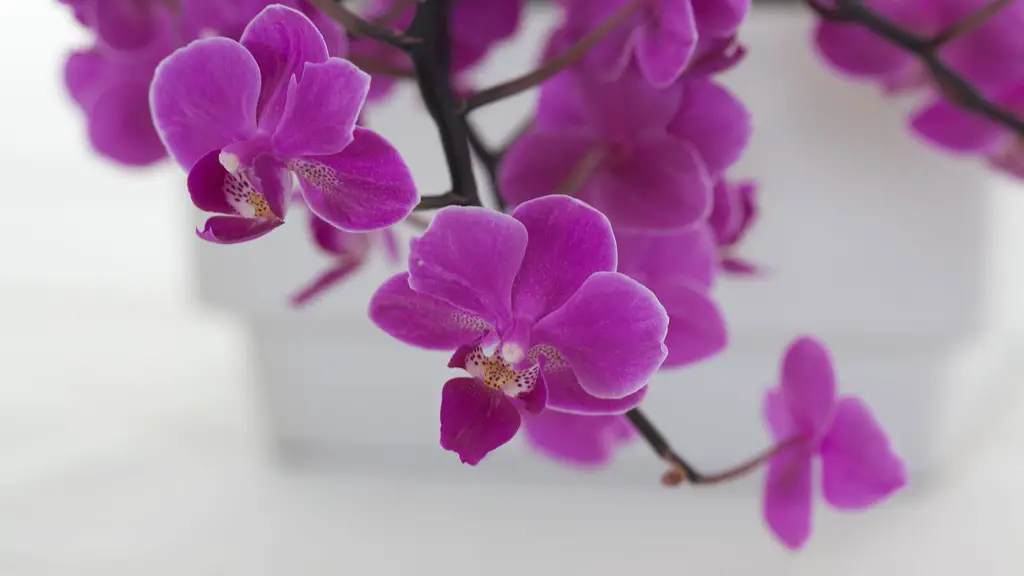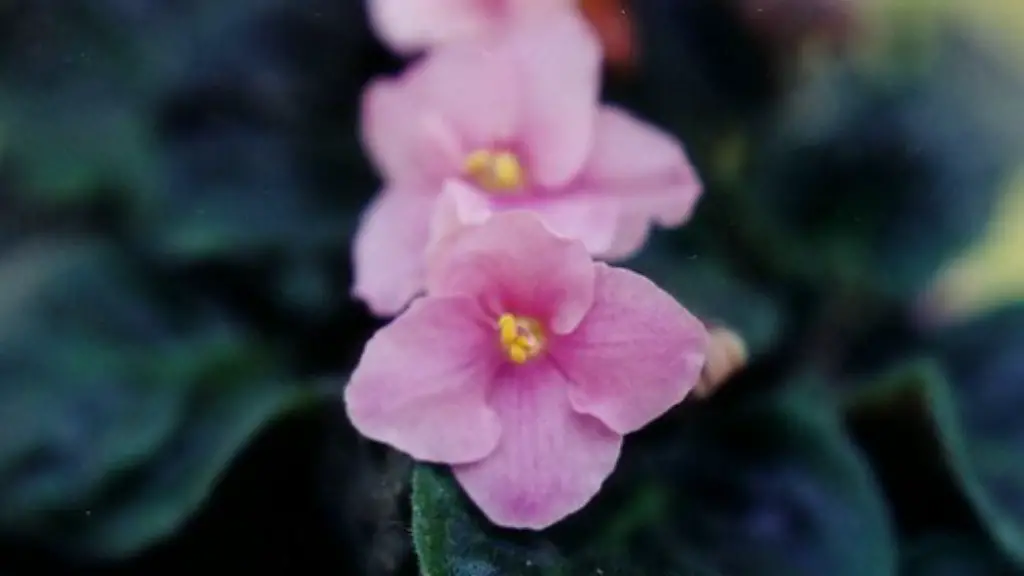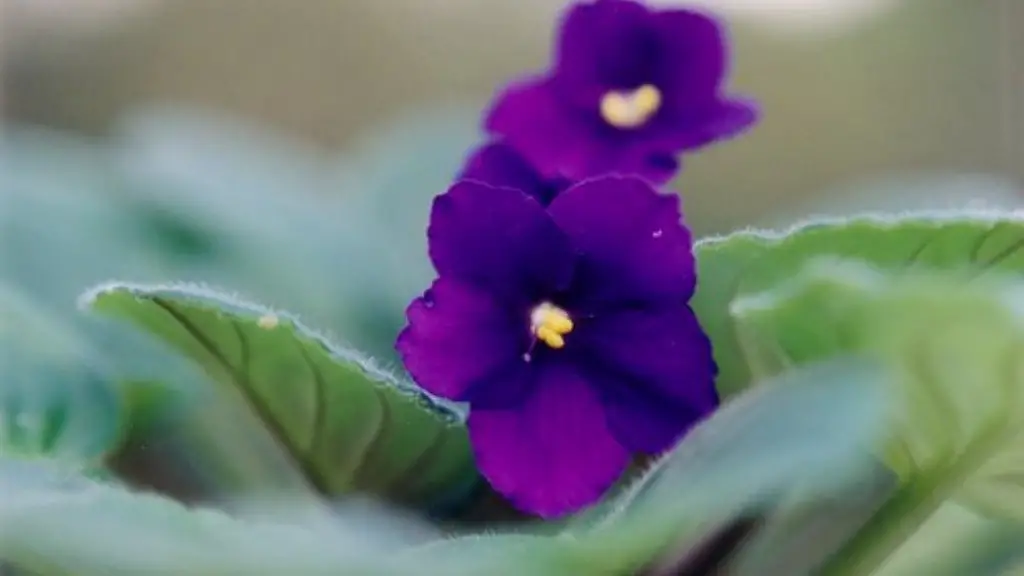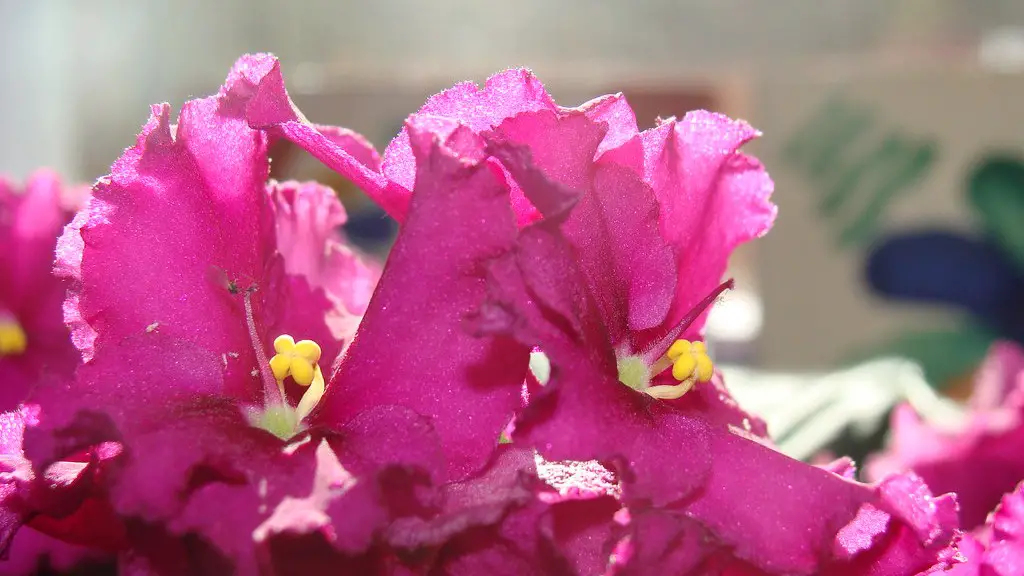Whether you are new to growing African violets or have been growing them for years, you may be wondering if you need to use a special pot for your plants. The answer is that while you can use a regular pot, there are benefits to using a pot designed specifically for African violets. Some of these benefits include improved drainage and aeration, which can lead to healthier plants. In addition, special pots for African violets often have a self-watering systems that make it easier to care for your plants.
There isn’t a definitive answer to this question as everyone’s gardening experience is different. Some people swear by special pots for African violets while others find that any type of pot works just fine. Ultimately, it is up to the gardener to experiment and see what works best for their plants.
Do African violet pots work?
Self-watering African Violet pots can be a great way to keep your plant hydrated, as long as you know how to use them correctly. Fill the pot with a fluffy, well-aerated potting mix, and keep an eye on the moisture level of the soil. Once you get the hang of using them, they can be a handy way to keep your African Violet healthy and hydrated.
African Violet roots don’t go very deep, so they like shallow pots that are breathable. Your pot must have suitable drainage holes so you can water from underneath. You can also get African Violet specific pots that have a terra cotta sleeve you plant in, and a water reservoir.
Do African violets need self-watering pots
Self-watering ceramic pots are an ideal choice for moisture-loving African violets. The inner pot is unglazed, allowing the water to slowly penetrate through to the soil from the outer pot. This allows the roots to stay moist and the plant to stay healthy.
A good potting soil for African violets actually contains no soil (or dirt) at all. A good potting soil will be very light and porous, a quality which enhances aeration, while keeping the soil moist, but not soggy. Such a potting soil will be made primarily of block-harvested, sphagnum peat moss.
What is the secret to growing African violets?
African violets need indirect sunlight, direct can burn the leaves. Choose a north- or east- facing window for best results. Keep plants away from cold glass and rotate the pot once a week so all leaves receive light. Extend daylight by placing African violets under a grow light during winter months.
Watering your plant is essential to keeping it healthy and encouraging blooming. To water your plant properly, keep the soil moist to dry and allow the soil around the roots to dry out before watering. Watering from the bottom with room temperature water is the best way to water your plant. To do this, place the plastic grower’s pot in water and allow the plant to absorb the water for no more than 30 minutes.
Why do African violets need special pots?
This African violet pot has a drainage hole that helps to keep the soil from getting too wet and helps to prevent root rot.
Rooting African violets in water is a quick and easy way to get new plants. All you need is a leaf from an existing plant. You can take the leaf from your own plants, or from a friend’s plant.
Is there special potting soil for African violets
African violets prefer slightly acidic conditions, between 58 to 65 pH. In conventional soil, your plant won’t be able to efficiently absorb nutrients. Generally, peat moss is used to lower the pH in African violet potting soil. Coco coir has also shown to provide sufficient pH when used with traditional fertilizer.
If you’re not sure about the quality of your tap water, it’s best to err on the side of caution and use filtered or distilled water for your African violets. Chlorine levels can fluctuate depending on the season, and in some areas the water may have high levels of chlorine, chloramines, or dissolved solids. These things can all adversely affect your African violets, so it’s best to use filtered or distilled water if you’re not sure about the quality of your tap water.
How long should African violets sit in water?
If you’re African violet is looking a bit wilted, it may just need some water. But be careful – your plant is finicky about its water! Make sure the water is either tepid or at room temperature before giving it to your plant. It’s best to let it sit for 24-48 hours, but if you can’t, then let it stand for at least an hour.
This is a great all-purpose fertilizer that can be used on African violets and other blooming houseplants. It will help to promote growth and blooming, and keep your plants healthy and vigorous.
How do I know if my African violet needs to be repotted
When it’s time to repot, African violets need a light, well-drained potting mix rich in organic matter. A soil-less mix is also a good option. Be sure to use a pot that has drainage holes in the bottom.African violets also like to be snug in their pot, so don’t go too much larger. A pot that’s only an inch or two wider than the current one is ideal.
African Violets need to be re-potted in fresh soil every 6 months to stay healthy. African Violets should be kept in the same size pot, as they do not need a lot of room to grow.
What potting medium for African violets?
It is essential that African violets have well-drained, slightly acidic soil in order to thrive. Miracle-Gro® Indoor Potting Mix is a great option to provide your plants with the right growing environment.
If you only water your African violets once a week, and allow the plant to completely dry out between waterings, you can set up a wicking system to make sure they are never over-watered.
Conclusion
There is no definitive answer to this question as it depends on personal preferences and experiences. Some people swear by using special pots for their African violets, while others find that any type of pot works just fine. Ultimately, it is up to the individual to experiment with different types of pots and see what works best for their plants.
The bottom line is that if you think a special pot will help your African violet to grow better, then it probably will. There is no need to spend a lot of money on a pot, however, as any type of pot that is the right size and has drainage holes will work just fine.
